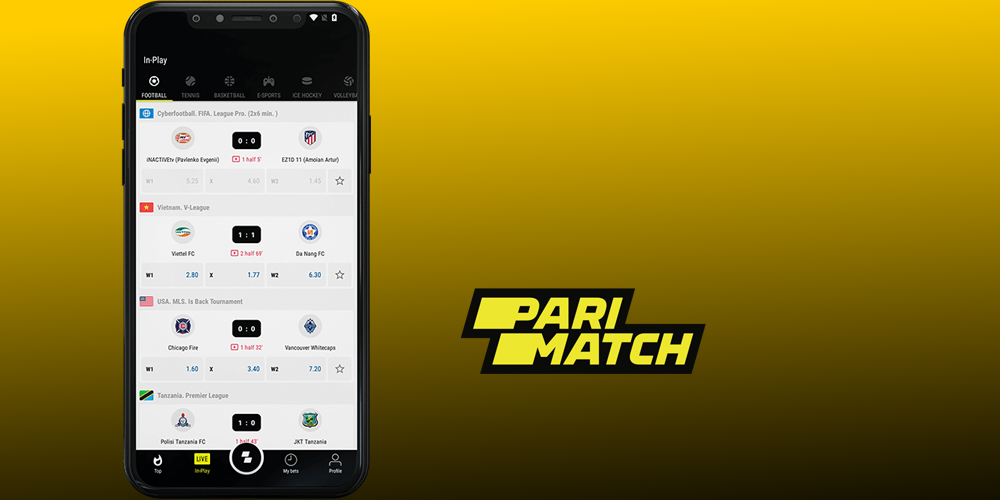Odds, Meter, and Meaning: A Betting Routine Shaped by Shayari

A steady betting habit benefits from the same discipline that holds a good ghazal together – measured beats, clear turns, and a line that lands exactly where it should. When research, stake sizing, and record keeping follow a recognizable form, attention stays calm and choices feel deliberate. This guide adapts shayari’s structure to pre-match study, live windows, and clean exits, creating a rhythm that fits weeknights as well as big fixtures.
Shared Architecture: Verses and Markets
Poetry organizes emotion through meter; markets organize uncertainty through price. Both reward preparation and punish rush. A verse moves by couplets that balance image and answer; a sound pre-match routine balances contextual facts with probability – injuries, schedule density, travel, tactical matchups, and how prices changed across the week. The aim is a page that reads cleanly before any stake is set: one column for objective notes, one for odds snapshots, and a small line predicting how the market might react to lineups or weather. When the scaffolding is visible, the decision does not have to shout.
Context still needs an anchor. A concise explainer that keeps terms aligned with modern lobbies and lists of market types belongs within reach, because vocabulary drift creates errors under pressure. A compact reference lives here, and using it as a glossary reduces time spent decoding labels when lineups drop. With the wording settled, the rest of the page can focus on pace – which markets deserve attention, which prices merit a watch flag, and which angles should be left alone if news breaks the other way.
Pre-Match Reading: From Context to Probabilities
A pre-match pass should read like setting a rhyme scheme – choose lanes first, then let detail fill the frame. Start with three views: baseline strength over the last eight to ten games, matchup specifics that truly change shot volume or chance quality, and price movement from open to current. Translate those views into rough probabilities rather than hunches. If the home side creeps from +140 to +120 on respected books while xG trends favor a narrow game, the win chance moves up, yet derivative markets like under or first-half lines may hold better value. Commit to one idea per match day, size it modestly, and resist the urge to braid unrelated angles into a single bet slip – one clean line beats a tangled stanza when the aim is repeatable learning.
Stake Sizing as Cadence
Meter limits where syllables go; bankroll limits where money goes. Pick a base unit – for example, one percent of weekly bankroll – and let price dictate the stake around that anchor. Short odds that reflect a sturdy edge can sit at the base; longer prices shrink to protect the week. Tie size to evidence, not mood. Set a session boundary that ends the day whether the last line lands or not, then write a brief note on why the stake was chosen. Over time, the notebook becomes a body of work – and patterns appear where emotion once hid.
A Twelve-Line Cadence for a Week’s Bankroll
Treat the week like a form with twelve lines, each equal to the base unit. Assign no more than two lines to any single fixture, and leave at least three lines unspent for late-week opportunities. If one early selection settles green, resist scaling the next play beyond plan – momentum is a feeling, not a model. When a strong angle surfaces midweek, reallocate by skipping a marginal lean rather than adding new lines. During bad runs, the form still protects the page: the twelfth line never moves to rescue a rhyme. This constraint preserves voice – and bankroll – by forcing selection quality and keeping losses bounded while learning continues.
Live Windows: Holding the Beat When Odds Move
Live markets speed the tempo, yet the poem still asks for breath. Enter only on prewritten triggers – a tactical shift that creates sustained pressure, a card that changes pressing height, or weather that alters shot maps. Avoid screens that flood the eye; place the feed, the single market of interest, and a timestamped note field within one glance, so the mind does not split. If the trigger fails to appear within a set minute window, step back. Exit rules deserve equal clarity: partial hedge at a target line, full close at a posted timer, or no action if the game shape remains aligned with the original read. Rhythm, not adrenaline, keeps live work readable.
- Predefine two triggers per match – one tactical, one price-based – and ignore all others.
- Keep one market live at a time to reduce accidental clicks and mixed logic.
- Use a visible timer for the entry window; if it expires, pass without regret.
- Write one sentence after exit about shape vs. price, so learning compounds.
After the Whistle: Clean Records, Clear Language
A poem ends with closure; a session ends with reconciliation. Log the selection, pre-match probability, closing price, and any live adjustment in a single row, then add a short reflection on what the market saw that the notes missed. Separate luck from edge by comparing your line to the close – beating the close more often than not is a healthy sign even when variance bites. Keep language concrete – numbers, moments, and prices – so the archive remains a teaching tool rather than a diary. At week’s end, read the notebook aloud like meter: where the beat rushed, slow it; where lines rambled, cut them. The voice that remains is disciplined, and the bankroll that follows is steadier for the next card.

Basanti Brahmbhatt
Basanti Brahmbhatt is the founder of Shayaristan.net, a platform dedicated to fresh and heartfelt Hindi Shayari. With a passion for poetry and creativity, I curates soulful verses paired with beautiful images to inspire readers. Connect with me for the latest Shayari and poetic expressions.
